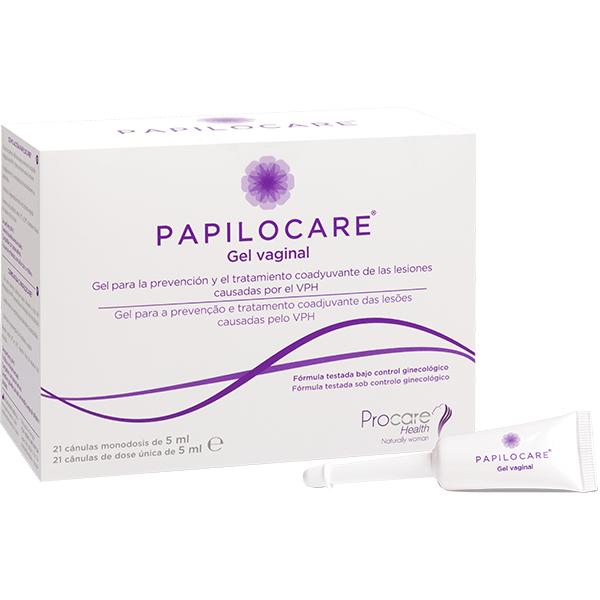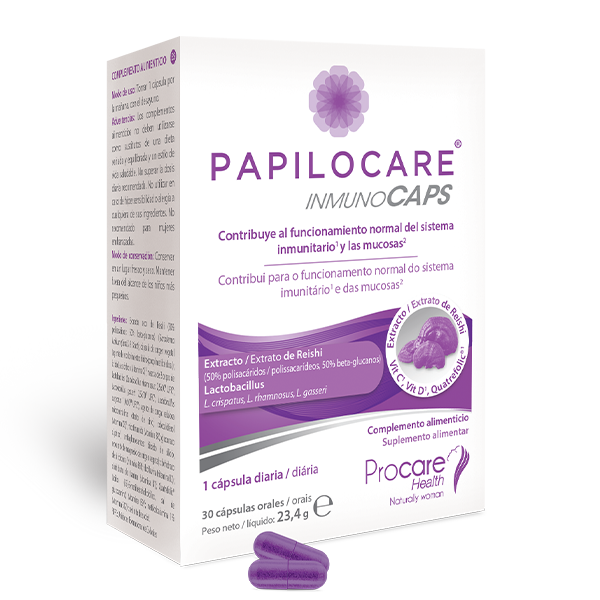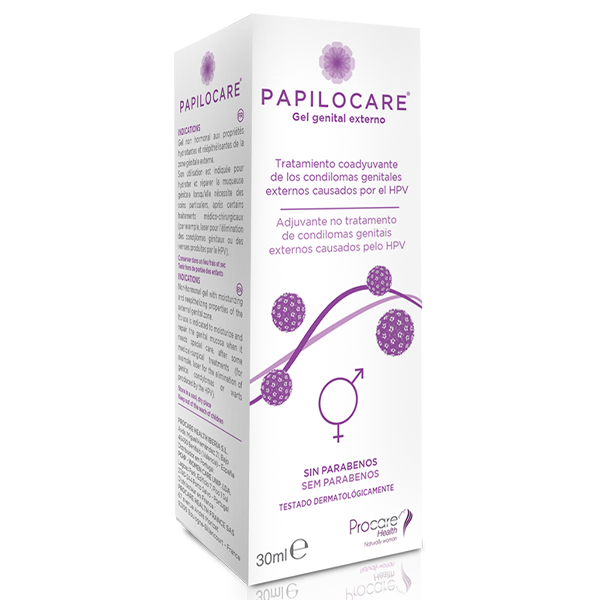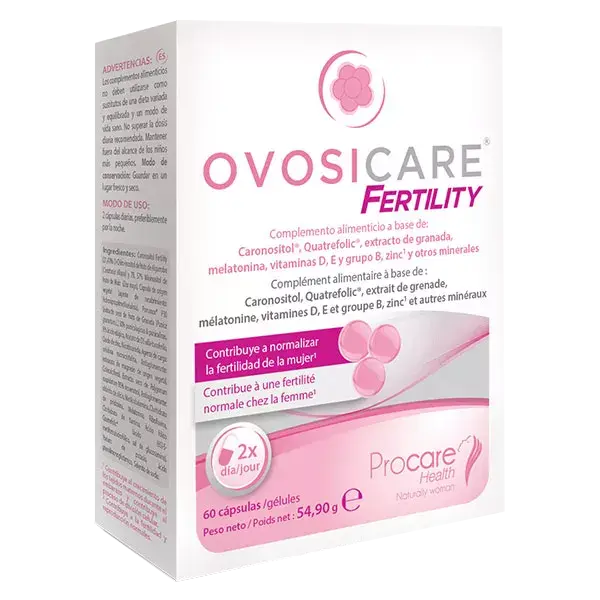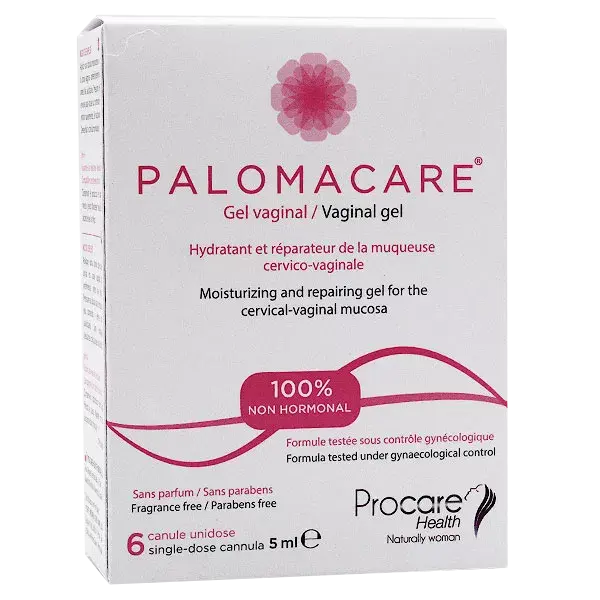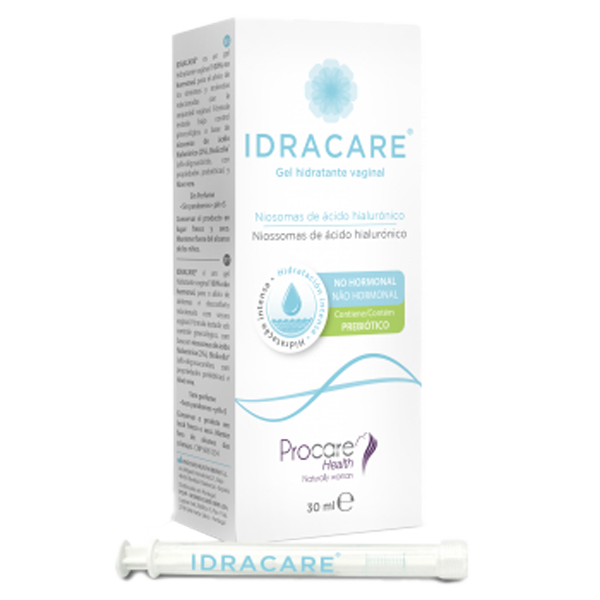Why do I have vaginal dryness if I’m not menopausal?

If you are young, but feel dryness, irritation or a burning sensation in your vagina, you are not alone. In this article we explore if vaginal dryness is normal in your 20s and 30s, what causes vaginal irritation and what you can do to improve the vaginal microbiome, pH and hydration.
What causes vaginal dryness and irritation?
It is often linked to menopause because of the drop in oestrogen levels that naturally occurs with age. Oestrogen plays a key role in keeping vaginal tissue healthy, elastic, and well-lubricated.
However, younger women can also experience dryness, irritation, or a burning feeling — even when they are nowhere near menopause. Here are some common causes in women under 45:
1. Hormonal changes
Events such as childbirth and breastfeeding can temporarily disrupt hormone balance. This reduction in oestrogen can cause vaginal dryness and irritation similar to what’s seen during menopause.
2. Hormonal contraception
Some forms of hormonal contraceptives can cause dryness and thinning of the vaginal walls, in a similar way to the menopause.
In particular, low-oestrogen pills, progestin-only pills (the mini-pill), Depo-Provera injection, and hormonal IUDs (like Mirena) can reduce circulating oestrogen levels.
3. Cancer treatments
Chemotherapy and radiotherapy can damage the vaginal lining, leading to dryness, pain, or even light bleeding.
4. Medical procedures
Procedures like episiotomy (a surgical cut sometimes made during childbirth to help deliver the baby) or vaginal laser treatments can damage vaginal tissue. While laser therapy aims to stimulate tissue regeneration, it can initially cause inflammation or sensitivity.
What problems do dry or damaged tissue cause?
When vaginal tissue becomes dry or fragile, it can feel irritated or sore. Although the tissue may heal itself over time, the process may cause discomfort and affect intimacy. Dryness and inflammation also make the vagina more prone to infection.
What is the increased risk of infections?
Research shows that women with vaginal dryness or thinning (known as vaginal atrophy) have a significantly higher risk of infection:
- Bacterial vaginosis (BV) and yeast infections (thrush) are about 2-3 times more common than in women with healthy vaginal tissue.
- The risk of urinary tract infections (UTIs) is about 4-5 times higher.
While these figures come mainly from studies in postmenopausal women, younger women with vaginal damage or dryness experience similar tissue changes, such as:
- Thinning of the protective inner lining of the vagina (the epithelium), which provides a barrier against infection
- Reduced glycogen, the main food source of the “good” bacteria lactobacilli
- Higher vaginal pH (often above 5.0)
These changes affect the vaginal microbiome, making it easier for harmful bacteria and fungi to grow. This is why infections often keep coming back unless the underlying tissue health is restored.
How can I restore vaginal tissue and hydration naturally?
Here are some of the things you can do to help reduce irritation and support vaginal healing:
- Gentle hygiene: avoid over-washing or using perfumed soaps and wipes.
- Choose breathable underwear: opt for cotton or natural fibres instead of synthetic fabrics.
- Maintain a healthy diet: nutrient-rich foods support tissue repair and a balanced vaginal microbiome
- Address lifestyle factors: manage stress, prioritise sleep, and avoid smoking.
- Support vaginal microbiota: use products that help restore healthy bacteria and hydration – such as vaginal gels or creams (e.g. Palomacare®) and oral probiotics.
In summary, even young women can experience vaginal dryness and irritation due to hormonal changes, tissue damage, or treatments. These changes not only cause discomfort but can also increase the risk of recurrent vaginal or urinary infections.
Supporting vaginal tissue health — not just treating infections — is the key to long-term comfort and wellbeing.
About Palomacare®
Palomacare® is a non-hormonal vaginal gel designed to help restore vaginal health. It works in three ways:
- Restores vaginal microbiota with BioEcolia®, a prebiotic (a nutrient to feed bacteria) that nourishes beneficial bacteria.
- Repairs vaginal tissue and mucosa with natural ingredients:
- Aloe vera
- Centella asiatica (used in traditional Ayurvedic medicine)
- Beta-glucan (supports tissue regeneration)
- Improves hydration and elasticity with hyaluronic acid
Centella asiatica, beta-glucan and hyaluronic acid are delivered via nano-capsules to penetrate deeply into the tissues that line the vagina so it has the greatest beneficial effect.
How to use Palomacare®:
- Use one single-use tube per day for the first 6 days.
- Then, use one tube every other day for the following 24 days.
- Typically used for 30 days. Can be used for a longer period. Consult your clinician.
Palomacare® is a product made by Procare Health, one of Europe’s leading manufacturers of health products for women. Procare Health was founded by two scientists from a global pharmaceutical company who had a vision of creating effective natural products to support women’s health.
Palomacare® has been widely used by women across Europe since 2015 and has not had any major safety issues. However, very rarely, some women may experience irritation or allergic reaction to the gel. In many cases, this goes away after a few days of continued use. However, if the reaction is severe, the manufacturer recommends stopping the treatment and seeing your doctor.
Where to find Palomacare® in the UK
Palomacare® is now available in the UK on our website, as well as high street pharmacies.
- A box of 6 tubes costs approximately £17–£20.
- A full 30-day course (3 boxes) costs around £47–£60.
Find out more about Palmocare®, including answers to your most common questions.
Portman DJ & Gass MLS. Menopause 2014;21(10):1063–1068.
Nappi RE & Palacios S. Climacteric 2014;17(5):445–456.
Raz R & Stamm WE. Clin Infect Dis 1993;17(2):338–343.
Figueroa-Diesel H et al. Maturitas 2020;138:22–29.
Mac Bride MB et al. Mayo Clin Proc 2010;85(1):87–94.
Social
Sign up to receive our newsletter and a welcome discount code:
Disclaimer: Information on this website is provided for informational purposes only and not intended as a substitute for the advice provided by your physician or other healthcare professional. You should not use the information on this website for diagnosing or treating a health problem or disease, or prescribing any medication or other treatment. For medical advice, diagnosis and prescription, please consult a healthcare professional. More Information >
Disclaimer: Information on this website is provided for informational purposes only and not intended as a substitute for the advice provided by your physician or other healthcare professional. You should not use the information on this website for diagnosing or treating a health problem or disease, or prescribing any medication or other treatment. For medical advice, diagnosis and prescription, please consult a healthcare professional.
© LivBio Limited 2024 All Rights Reserved.
